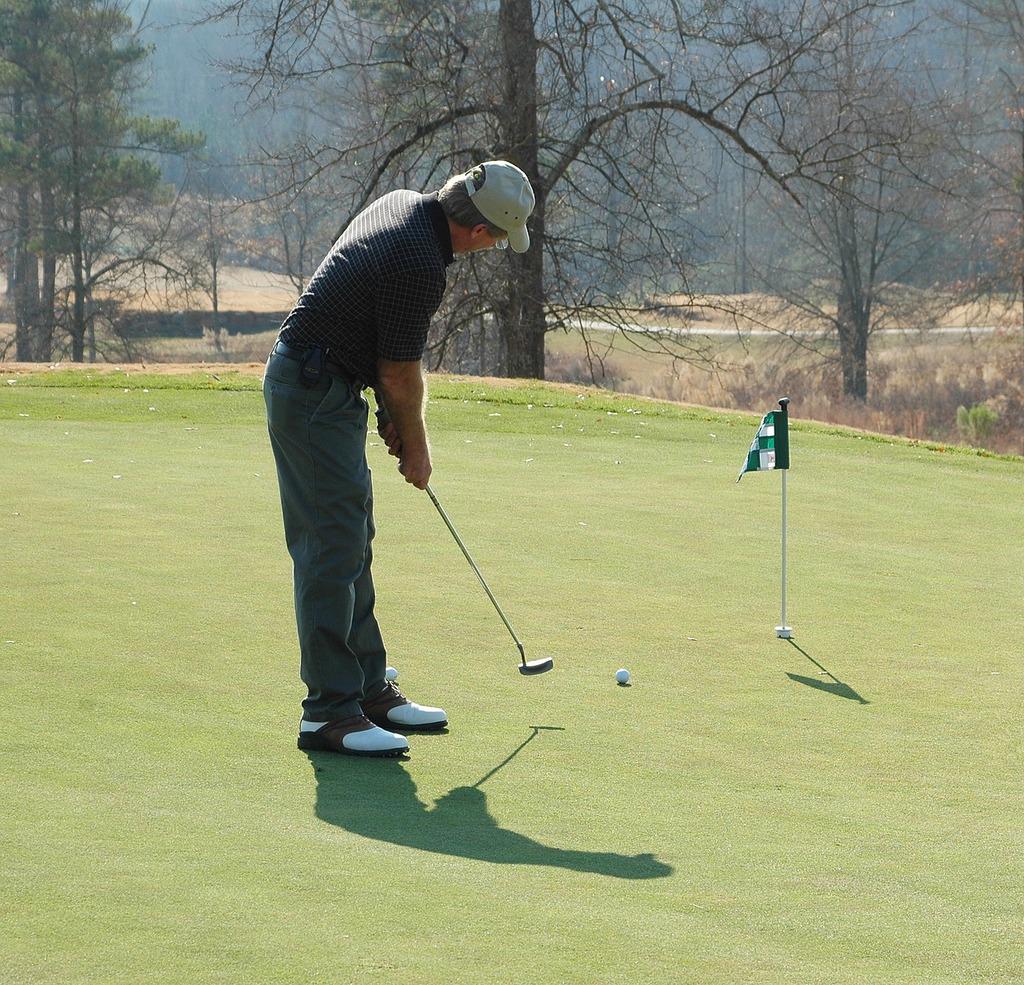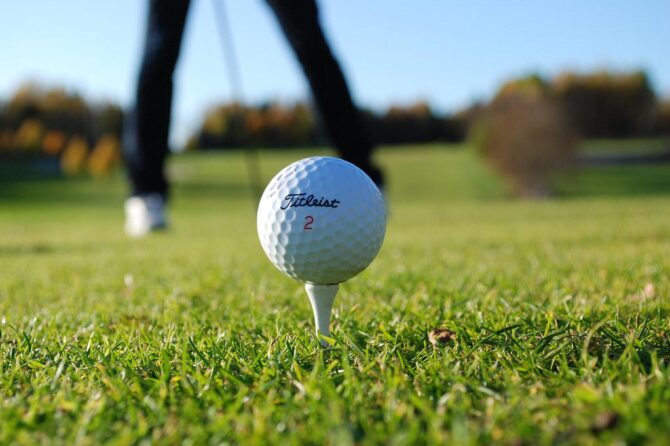 intended line of play.
intended line of play.
Sustaining mental focus during a putting stroke is essential for accuracy and consistency. Golfers must maintain their composure under pressure, avoiding distractions and maintaining a clear mind. Techniques like deep breathing, visualization, and positive self-talk can enhance focus and reduce anxiety.
Emotional regulation is also crucial. Golfers should manage their emotions, preventing negative thoughts or frustration from affecting their performance. Techniques such as mindfulness and acceptance can help golfers stay grounded and resilient, allowing them to recover from mistakes and maintain a positive mindset.
**Table: Mental Strategies for Putting Consistency**
| Strategy | Description |
|—|—|
| Focused breathing | Slow and deep breathing exercises to reduce stress and improve focus. |
| Visualization | Creating a mental image of the desired shot to enhance accuracy and confidence. |
| Positive self-talk | Challenging negative thoughts, replacing them with positive affirmations to bolster confidence. |
| Mindfulness | Observing thoughts and emotions without judgment, allowing golfers to stay present and focused. |
| Acceptance | Acknowledging and accepting mistakes, preventing emotional reactions from disrupting performance. |
- Mastering the Grip: A consistent grip is the cornerstone of accurate putting. Experiment with different grip styles to find what suits your hands best. Interlocking, overlapping, and claw grips all have their advantages. A firm but relaxed grip allows for greater control and prevents the clubface from twisting at impact.
- Establishing a Stable Stance: Your stance influences your balance, alignment, and swing path. Stand with your feet shoulder-width apart, knees slightly bent, and weight evenly distributed. Keep your head still and your shoulders aligned above your hips. A solid stance provides a stable base for a smooth and controlled stroke.
- Alignment and Aim: Precise alignment is vital for hitting your desired target line. Use an alignment stick or a straight object to check that your clubface is parallel to the intended path. Square your shoulders to the target line and aim for the center of the hole. Proper alignment ensures that the ball starts on the correct trajectory.
## Principles of Consistent Putting
The fundamental principles of a consistent putting stroke lie in the harmonious fusion of technique, biomechanics, and psychology. By mastering these elements, golfers can unlock the secrets of accuracy and precision.
**Technical Precision**
The technical aspects of putting can be dissected into key elements:
* **Grip:** The grip determines the feel and control of the putter. Experiment with different grips (palm, claw, cross-handed) to find the one that provides stability and allows for a fluid release.
* **Stance:** A balanced and comfortable stance is crucial. Stand with your feet shoulder-width apart, knees slightly flexed, and eyes over the ball. This position promotes stability and allows for efficient movement through the stroke.
* **Alignment:** Precise alignment is paramount for accuracy. Use a combination of visual cues, such as the putter head’s center line and the target line, to ensure the putter face is square to the intended direction.
**Biomechanical Harmony**
The biomechanics of putting involves the intricate coordination of the body’s movements.
– **Backswing:** Initiate the stroke with a smooth, controlled backswing that tracks along the target line. Keep the clubface square throughout this phase.
- **Forward Stroke:** As the club approaches the ball, accelerate the downswing while maintaining a stable head and hands. Aim to strike the ball with the putter’s sweet spot and release the club with a slight forward press.
– **Follow Through:** Continue the stroke through to completion, allowing the putter head to accelerate and decelerate naturally. This ensures a consistent and powerful release.
**Psychological Mastery**
The psychological aspect of putting plays a significant role in consistency. Golfers must cultivate mental focus, emotional regulation, and confidence:
* **Focus:** Stay fully present and attentive to the task at hand. Avoid distractions and maintain a clear mental image of the intended putt.
* **Composure:** Emotional control is essential in the face of pressure. Embrace the challenges and setbacks, and remain composed throughout the duration of the round.
* **Confidence:** Belief in one’s abilities is paramount. Visualize successful putts, and trust in the techniques and knowledge acquired through practice.
The article, “Instructional Analysis: Exploring Jordan Spieth’s Golf Swing Technique“, provides an in-depth examination of the iconic golf swing of Jordan Spieth. By breaking down Spieth’s grip, posture, and mechanics, the article offers insightful revelations into the physical and mental components that contribute to his extraordinary level of skill and precision. This detailed analysis serves as a valuable resource for aspiring golfers and coaches seeking to enhance their own techniques and elevate their on-course performance.



